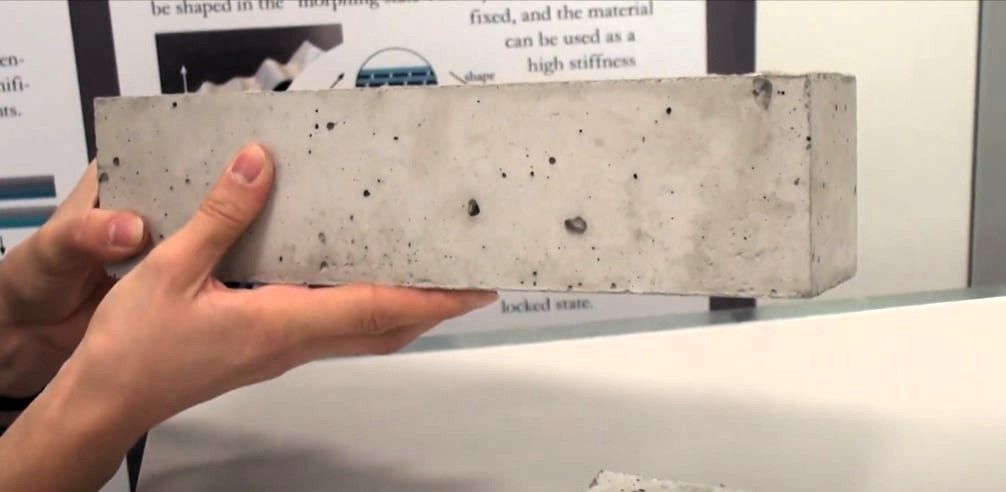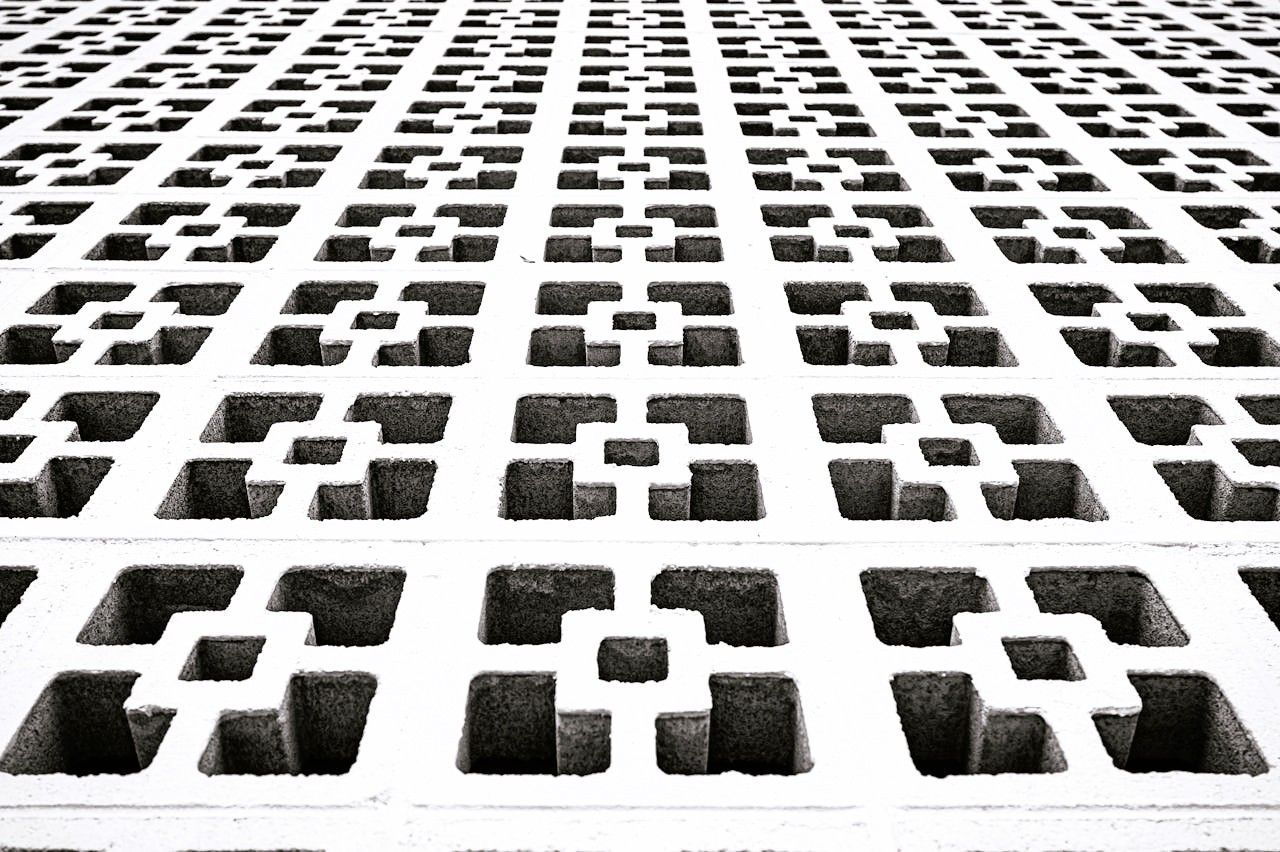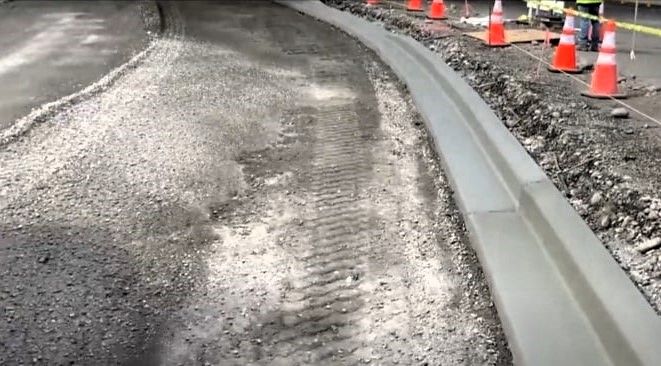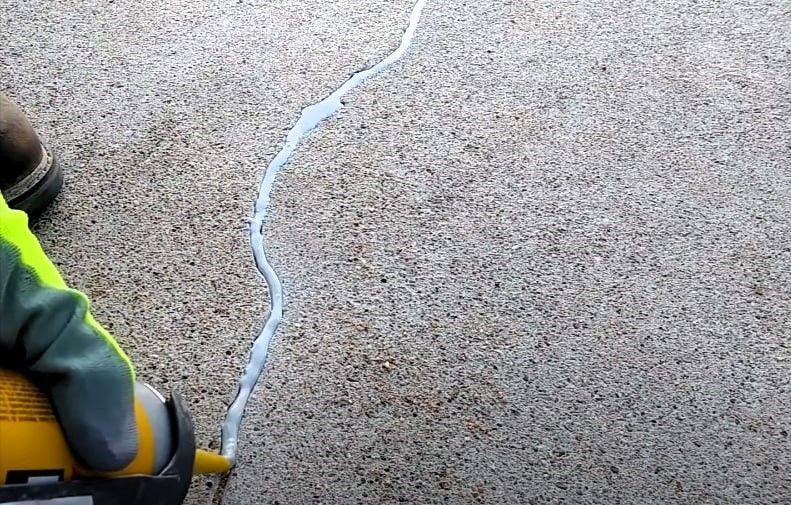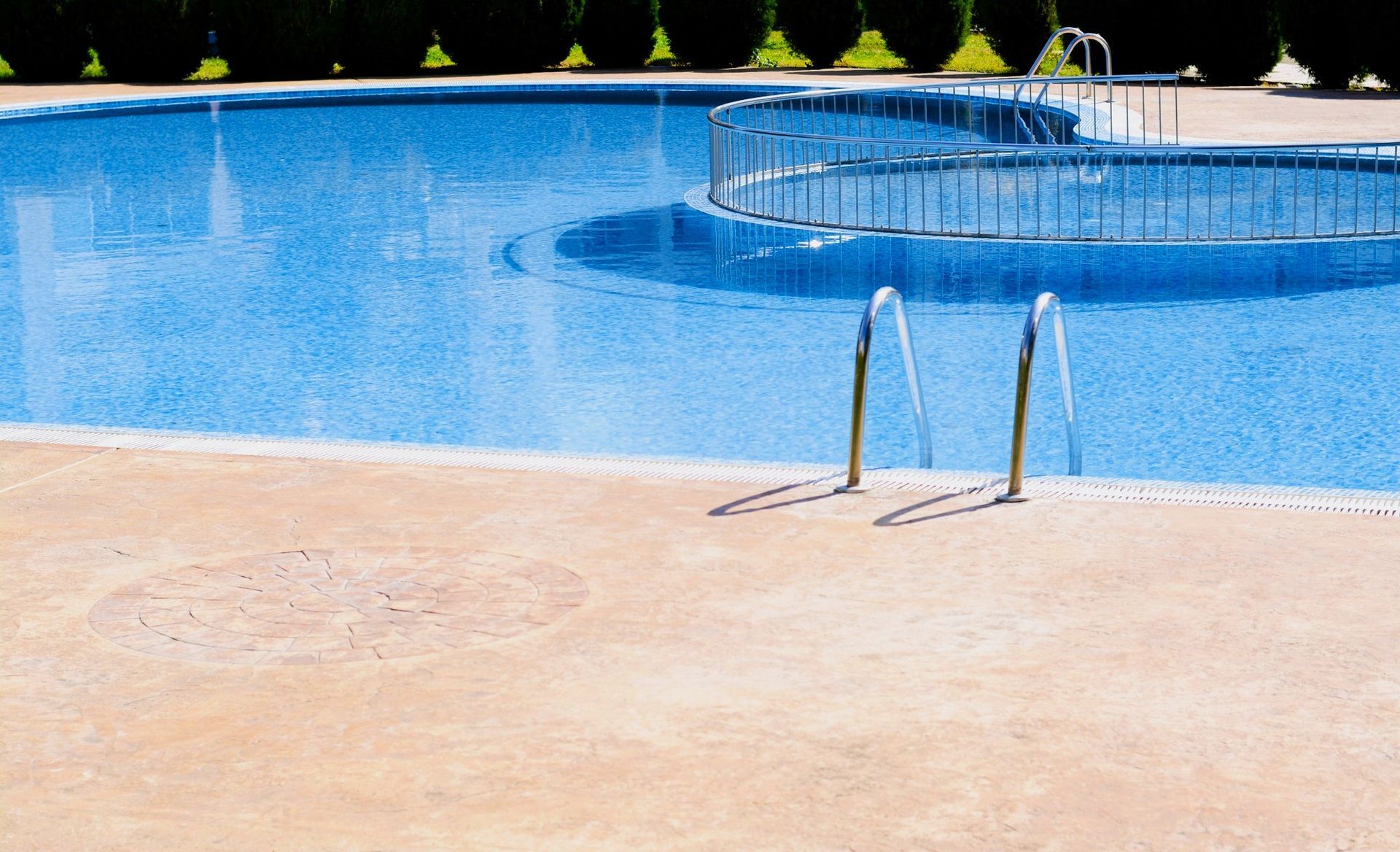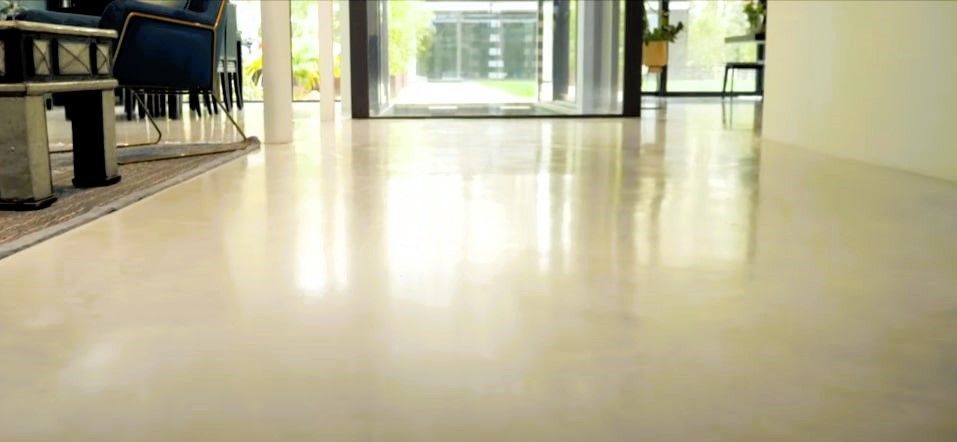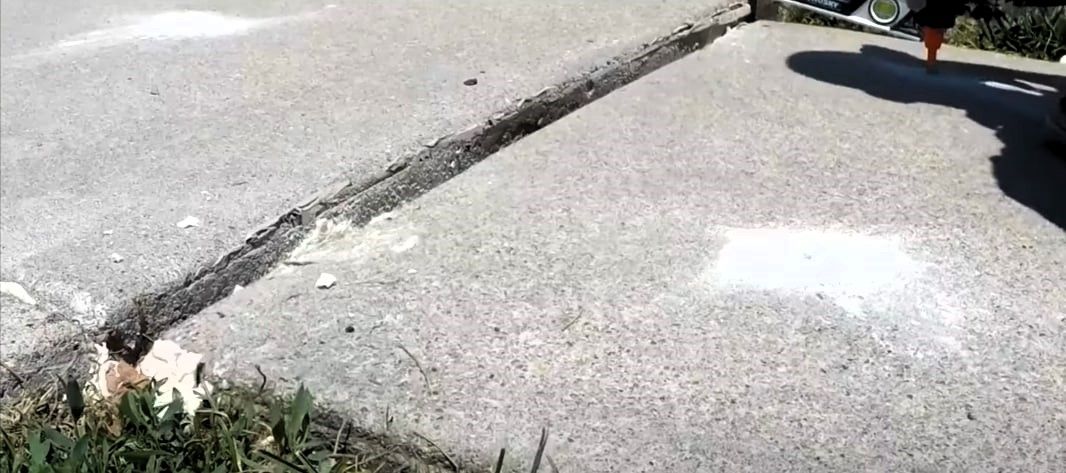How To Protect Your Concrete Driveway From Winter Cracks
How to prevent cracks in concrete driveways during winter
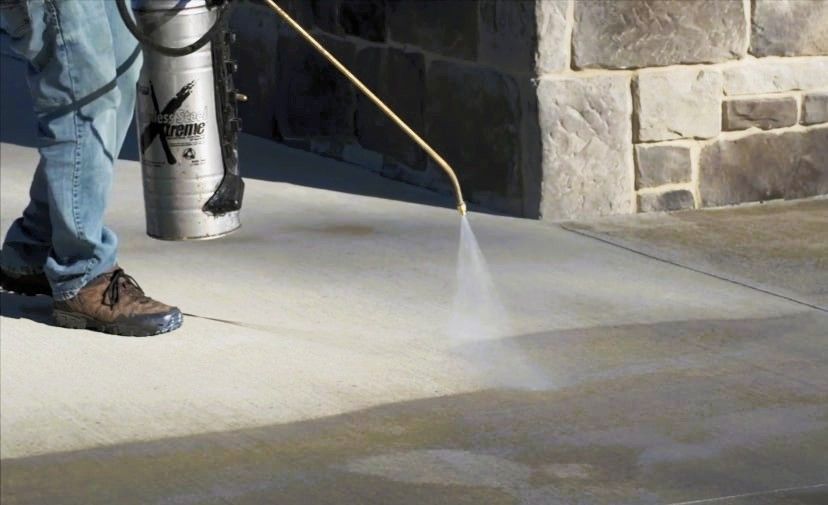
Cold winter weather takes a toll on concrete driveways. Between freezing and thawing, endless snow, and pesky deicing salts, your driveway might be looking pretty worn out by the time spring rolls around. But don’t worry—with a little prep work before winter hits, you can keep your driveway in great shape all season long!
If you’re a homeowner and want to protect your driveway from winter's worst, read this guide. Find out why concrete tends to crack when the temperature drops and get handy tips to prevent it from happening to yours.
Why is Winter So Tough on Concrete?
It may look solid, but concrete isn’t invincible—especially during winter. Here’s how those pesky cracks happen:
- Water Runs Off It: Concrete is porous, so water seeps through tiny holes and cracks.
- The Freeze-Thaw Effect: When water freezes, it expands, creating pressure that can strain and crack the concrete over time.
- The Cycle Repeats: This freezing and thawing happens repeatedly as temperatures fluctuate, leading to cracks and surface flakes.
Ignoring this problem can break down your driveway over time, eventually leading to bigger headaches like potholes. So, how can you keep winter from wrecking your driveway?
4 Simple Tips to Avoid Winter Cracks
1. Shovel Snow—The Right Way
Clearing snow properly is your first defense against winter damage. Here’s how to do it effectively:
- Use a Plastic Shovel: Metal shovels can scuff or dent the surface, creating openings for water. Opt for plastic—it’s gentler and works just as well.
- Check the Edges: Don’t forget to clear snow from edges and little pockets where it tends to accumulate.
- Plow Snow Early: Remove snow while it’s fresh and fluffy, so it doesn’t compact into a slushy hazard.
2. Ditch Deicing Salts
While deicing salts might be handy, they can take a toll on your driveway over time. These salts attract water into the concrete and speed up the freeze-thaw process, accelerating deterioration.
Why Avoid Salt?
- It increases concrete erosion.
- It draws in water, prolonging the freeze-thaw damage.
- It harms surrounding plants and grass.
3. Opt for Safer Alternatives
Instead of salt, consider alternatives that won’t harm your driveway but still improve traction.
- Sand or Gravel: Sprinkle these for traction without chemical risks.
- Seal Your Driveway: Before winter, apply a salt-tolerant concrete sealer. This forms a protective barrier, repels water, and shields against damage.
Pro Tip: Reapply your sealer annually for the best results.
4. Fix Cracks Before Winter Hits
Existing cracks can worsen with freezing temperatures and should be addressed before winter begins.
- DIY Repairs: Small cracks can be patched with concrete fillers or repair kits.
- Call the Experts: For extensive damage, professional repair ensures long-term protection and prevents future expenses.
Your Winter-Ready Driveway Checklist
Here’s a quick checklist to prepare your driveway for the cold:
- Use a plastic shovel and clear snow immediately.
- Replace deicing salts with sand or gravel.
- Fix any existing cracks early.
- Apply a salt-resistant concrete sealer.
Take Action Now Before You Pay For Repairs!
Don’t let winter take a toll on your concrete driveway. With a few simple tips, you can protect it from cracks and wear, keeping it strong and looking great for years to come.
For expert advice and a professional driveway inspection, contact Holland Custom Concrete. Let us help you keep your driveway in top shape and ready to handle whatever winter throws your way. Get in touch today—we’ve got you covered!


